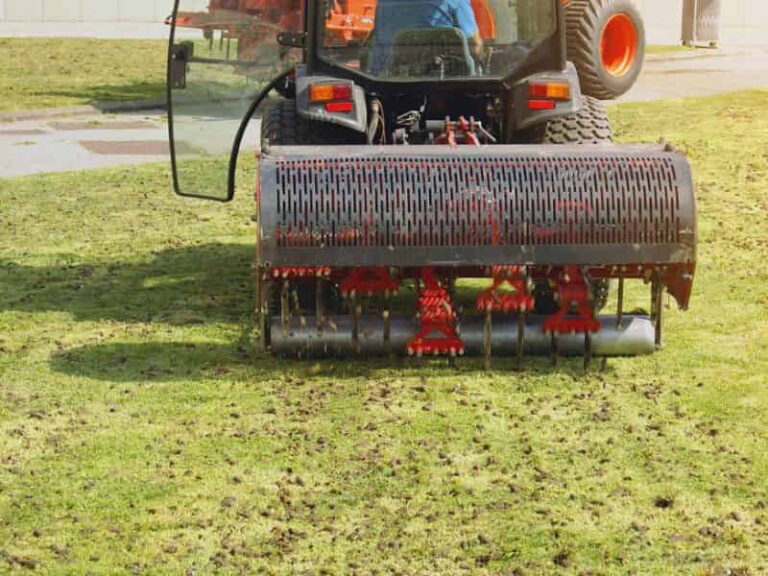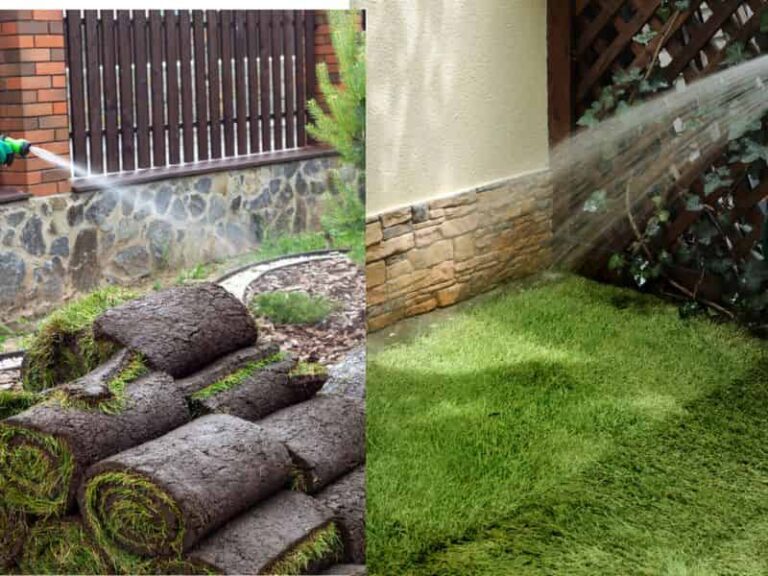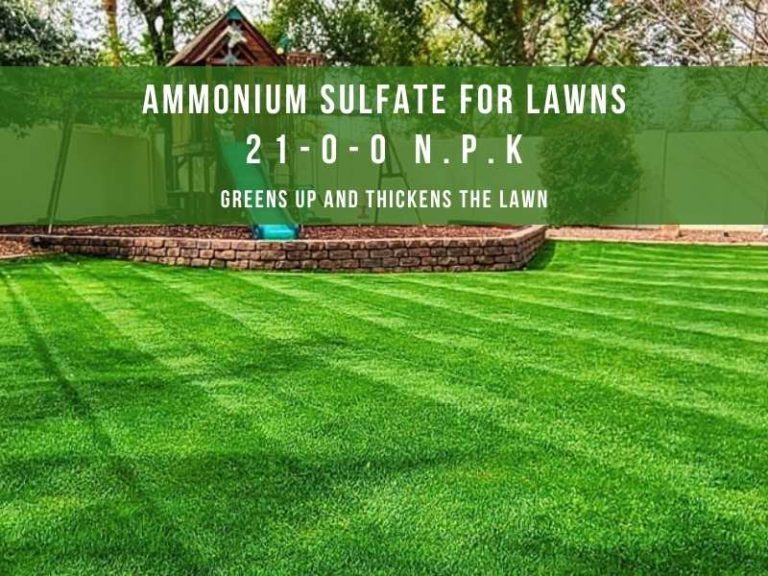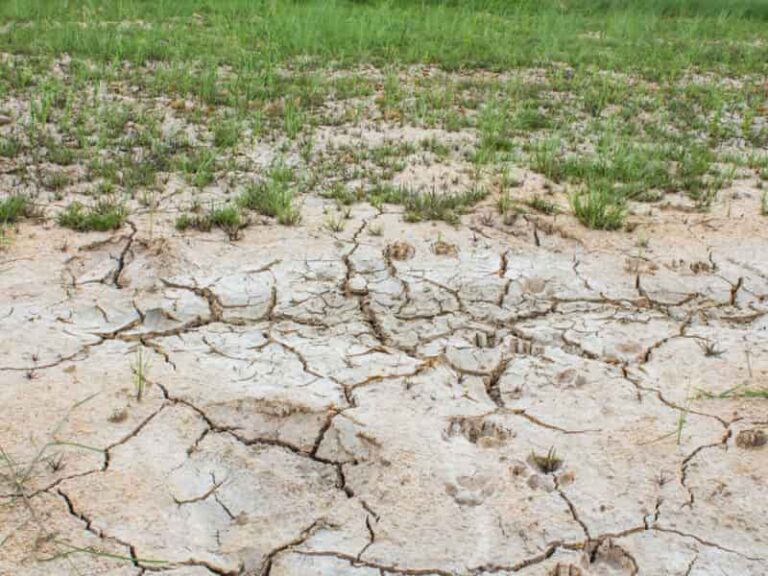What Does Buffalo Grass Look Like?
Buffalo grass is a native warm-season grass. It mostly thrives in the tropical and subtropical areas where temperatures are warm. Prolonged periods of drought and heavy frosting in the winter are detrimental to Buffalo grass. Proper maintenance will help to maintain your turfgrass in those seasonal changes.
Buffalo grass is a brilliant green in the summer. It pales to a lighter green in the fall as it becomes dormant. Finally, it browns in the winter and regains its brilliant green in the spring when temperatures increase.
How do I know if I have buffalo grass?

Buffalo grass is a sod-forming, low-growing grass that spreads by stolons. It has fine leaves and gray-green color. Buffalo grass shoots and roots develop at the nodes. Its leaves grow to about 4 to 6 inches in height.
Buffalo grass is dioecious with male and female flowers on separate plants. The male flowers produce spikes on the stems, while the female flowers are hidden among the leaves. This characteristic gives it a distinctive look different from other turfgrasses.
Male plants are not preferred because they produce taller stalks that are unsightly for lawns.
At a glance, it might look like Blue or Hairy grama or Sideoat grama. However, it varies on close inspection because they do not have stolons. Also, Hairy grama flowers are eyelash-like and wheat-colored.
You’ll notice Buffalo grass produces a native-looking turf. It looks better as a ground cover rather than a household lawn.
Buffalo grass is slow in germination compared to other warm-season grasses because of a tough enclosing of the seed. The seeds should be treated before planting.
The cultivars vary in appearance due to differences in internode length, color, and leaf width. For example, Prairie and 609 have a denser, more uniform look.
What does buffalo grass look like?
The growth cycle of Buffalo grass in the year is important in helping you maintain your lawn. In the different seasons, the turfgrass changes that affect the lawn practices.
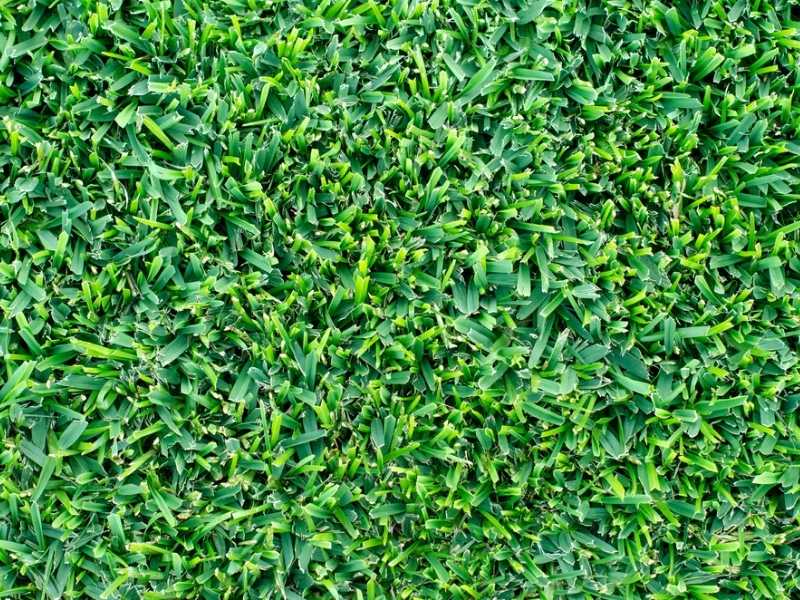
Buffalo grass in winter
Buffalo grass turns yellow in winter and does not actively grow. It becomes brown and dormant at the onset of low temperatures, especially heavy frosting in fall and winter. The turfgrass changes color to yellow or brown.
The discoloration might appear unattractive to some people who prefer applying a grass colorant.
It might experience limited growth during winter. You can reduce the severity and duration of dormancy through proper maintenance practices. Skip mowing buffalo grass and irrigating it in winter.
The grass will regain its green color around spring. Use herbicides to control cool-season weeds overtaking the lawn when Buffalo grass is dormant. Cool-season weeds and grasses can grow when the temperatures are below 70 degrees Fahrenheit.
Some Buffalo grass cultivars are winter-friendly and remain green. Palmetto, Prestige, and Turrfalo varieties are cold-hardy that remain green in winter.
Newer cultivars such as Prairie and 609 are so intolerant to low temperatures that they die.
Buffalo grass in summer
Buffalo grass is a warm-season grass that thrives in summer and spring when temperatures are between 75-95 degrees Fahrenheit. This is when the grass is at its most vibrant green.
Without water in the dry summer, the grass becomes dormant in mid to late spring. Even after a period of dormancy, Buffalo grass resumes growth immediately with irrigation or rainfall.
The grass needs deep watering to promote deeper and more extensive roots during this period. It requires approximately 1-3 inches of water every two weeks to keep it lush and green. Over irrigating encourages weed encroachment.
It is also the best time to fertilize to encourage vigorous growth. Apply 1-2 pounds per 1000 square feet of nitrogen fertilizer.
Summer is also an excellent time to treat grubs and insects. Use insecticides and pesticides during summer when it’s prime hatching time for insects.
Buffalo grass in Autumn
Temperatures drop in autumn in most areas. Buffalo grass starts going dormant around this time. You might notice slow growth and discoloration.
This habit can be an exception in some regions where the temperatures are relatively high in the fall. Areas such as the Southern region have warm temperatures that keep buffalo grass active in this season.
You can plant buffalo grass in autumn. However, optimum germination won’t happen until the spring.
Consider applying winter fertilizer in autumn in preparation for winter. Autumn is a great time to treat pests and diseases.
Autumn is a perfect season to mulch with leaves that have fallen from trees. Chop the leaves and rake them on the buffalo grass lawn for more nutrients
Buffalo grass varieties (with pictures)
Newer Buffalo grass varieties have been developed with improved turf quality and appearance traits.
Palmetto
It is light green-more drought-tolerant than other buffalo grass varieties. It’s slower in growth and does not withstand traffic. Palmetto stays vibrant and green during winter.
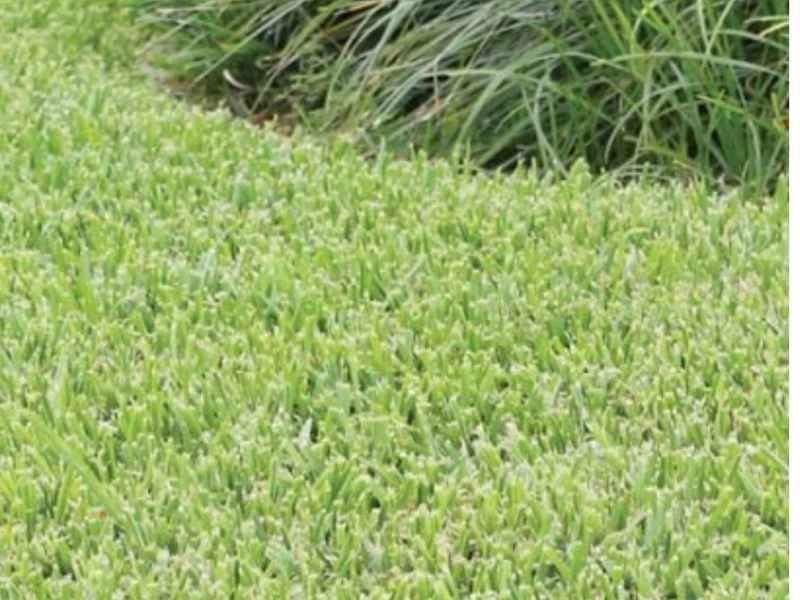
Prestige
It is dark green and stays green during winter. It grows densely, bringing about a lush lawn. It has a soft texture making it great for children and pets. It is a better shade tolerance grass variety than Couch or Kikuyu grass.
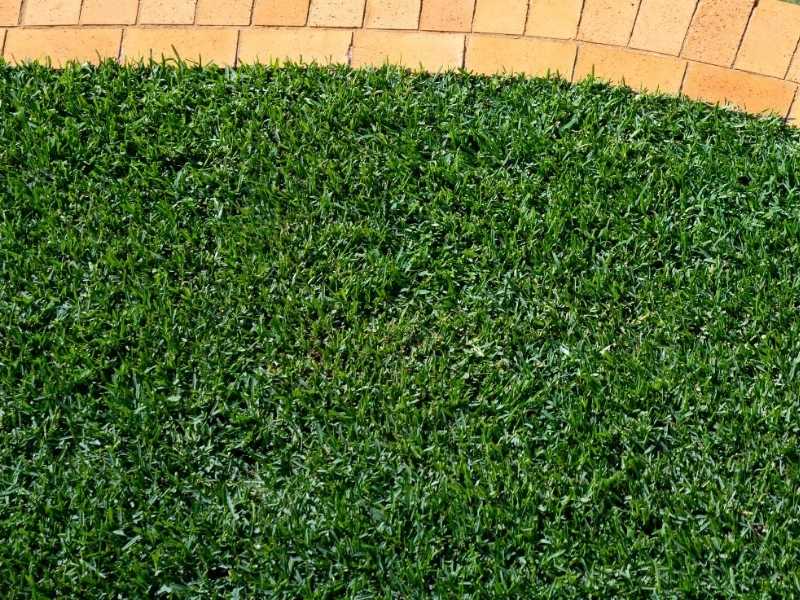
Sapphire
Sapphire is finely-textured, a quality that makes it suitable for kids and pets. It’s drought-tolerant and also remains green in winter. Sapphire is also 70% shade tolerant like Prestige.
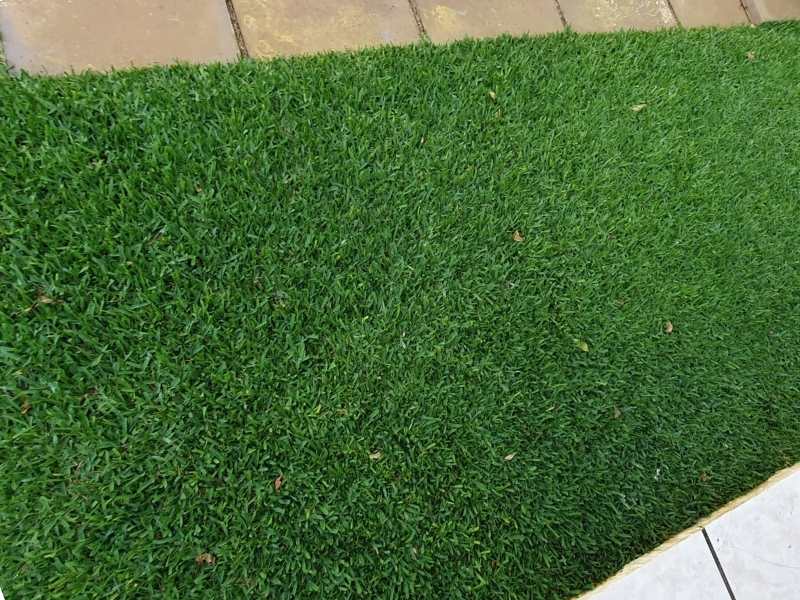
UC Verde
The University of California developed UC Verde. It has a bright green color and produces a dense turf. It is heat tolerant, and suitable for coastal areas. It grows to about 4-8 inches high and can outcompete weeds.
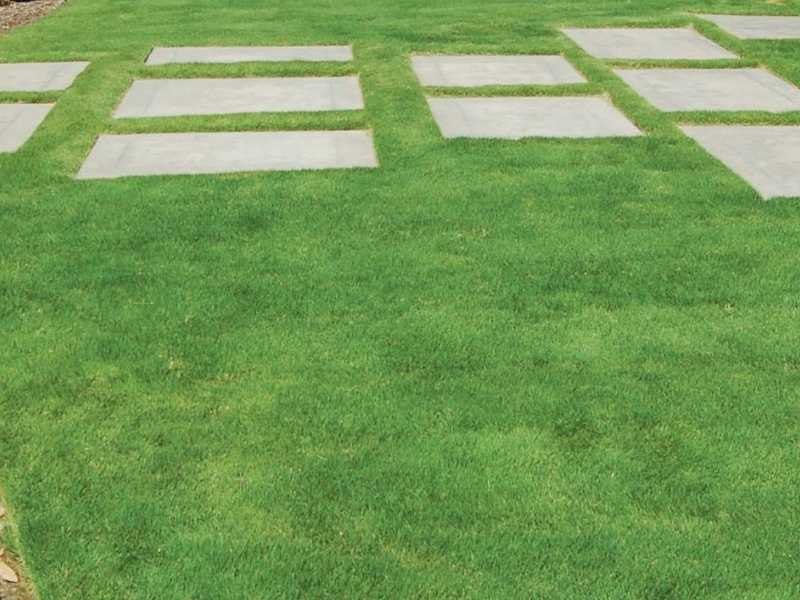
Is Buffalo grass good in full sun?
Buffalo grass thrives in the sun. It requires around 6-8 hours of direct sunlight per day. The grass thins out in shady areas.
Sunny areas and warm temperatures are great for buffalo grass planting and germination. However, the grass needs irrigation in excess heat with minimal rainfall. The leaves wilt and curl up.
You can also repair bare patches damaged by dormancy during sunny weather by overseeding. It’s also the best time to fertilize your lawn.
Does Buffalo grass go brown in winter?
Buffalo grass discolors in winter. It changes color to yellow or shades of brown. Dormancy happens as it enters a period of inactivity to protect itself. The stolons’ growth is stunted during this time, but the roots are still active.
Dormancy begins when the temperature reduces significantly. Buffalo grass is tolerant to temperatures above 70 degrees Fahrenheit. Discoloration begins when the temperatures drop below 60 degrees Fahrenheit. The subsequent heavy frosting is another reason for significant color change.
Taking preventive measures reduces the impact of winter on turfgrass. Use winter fertilizers and supplemental minerals to strengthen your turfgrass.
After the cold season, the color revives, and growth continues.
Will buffalo grass take over other grasses?
Due to its slow-growing nature, Buffalo grass does not overtake other grasses. However, this depends on the maintenance and the nature of different grasses.
Buffalo grass spreads by seeds and stolons. So, it can potentially spread fast when mixed with slow-growing grasses such as Couch grass.
Invasive grasses like Kikuyu grass or Bermuda grass will overtake Buffalo grass if mixed.
Cool-season grasses like Kentucky bluegrass and Fescues are also aggressive and competitive. These grasses will overtake Buffalo grass when mixed or overseeded. Also, under intensive fertilization and irrigation, Bermuda grass and other weeds will completely replace the Buffalo grass.
Use herbicides like Glyphosate to eliminate grasses that invade and overtake Buffalo grass. Spray the herbicide in winter when the Buffalo grass is dormant.
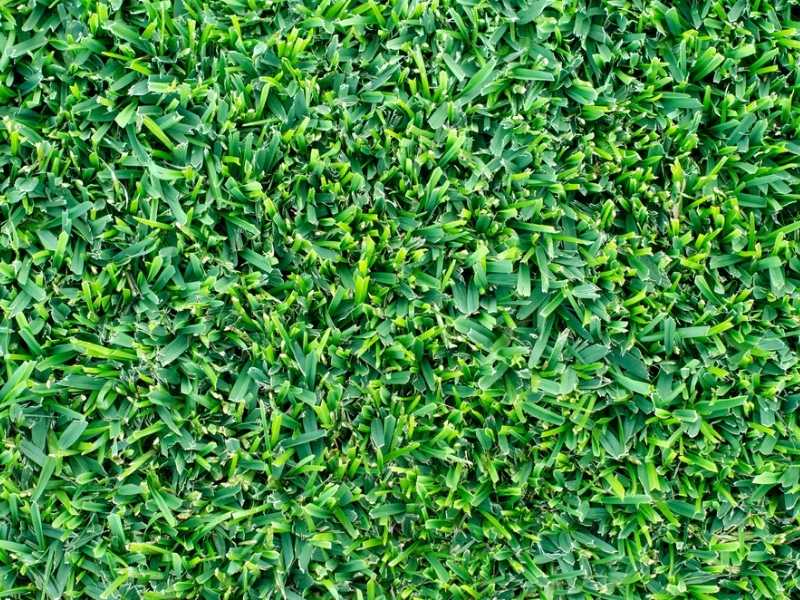
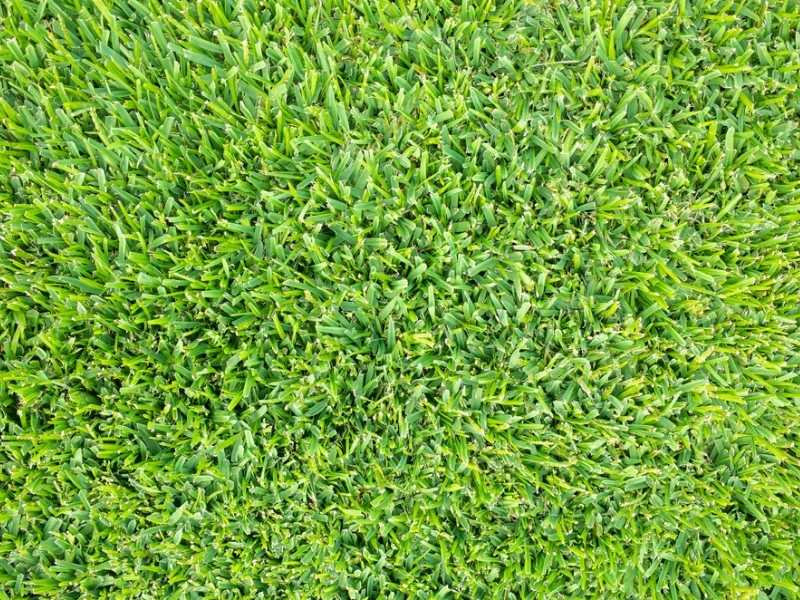
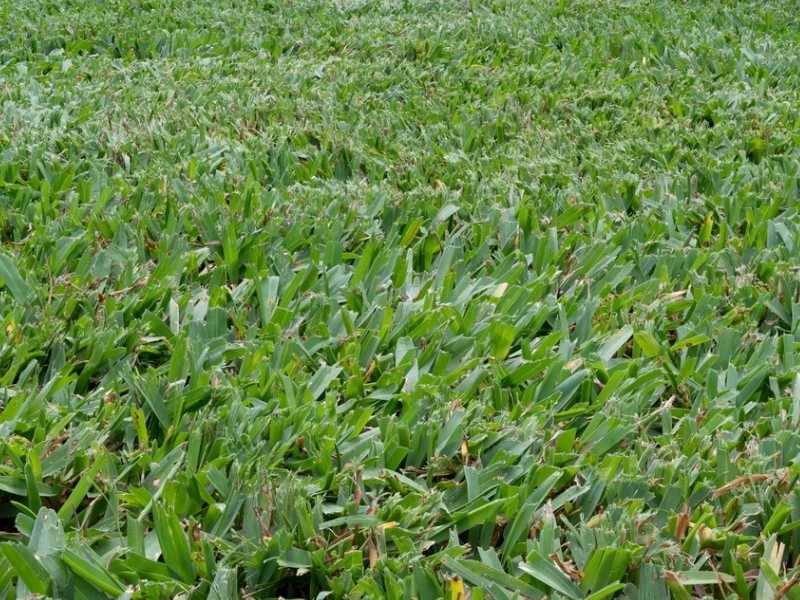
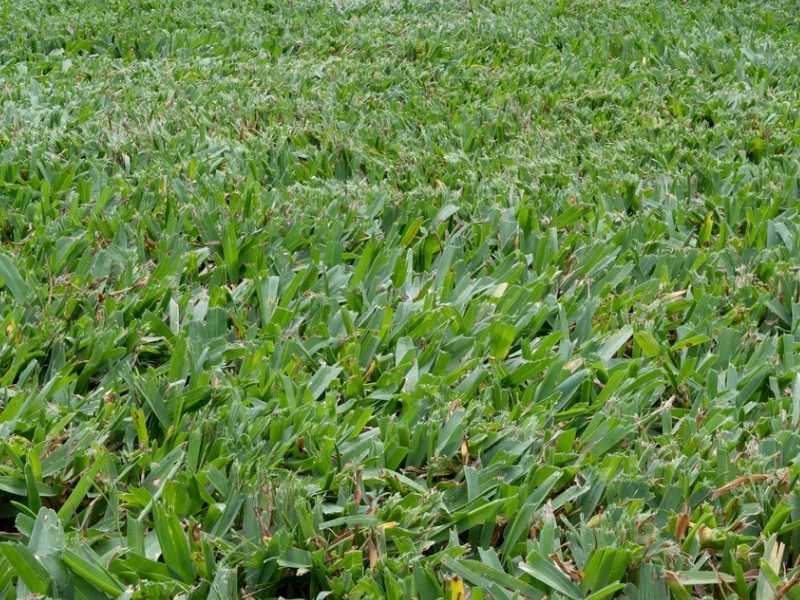
References
Kansas State Research and Extension; Buffalo grass

